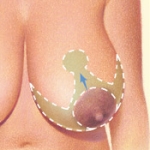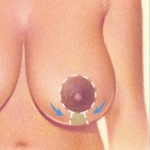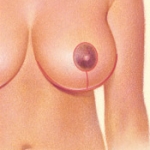During the initial consultation, your plastic surgeon will evaluate the size and shape of the breasts, the firmness of the skin as well as your overall health. , Moreover, a breast examination, and in some cases will be requested mammography. It will explain the different surgical techniques, will discuss the size and shape that will have your breasts and the options or combination of procedures that are best for you.
You should expose your expectations honestly and frankly, for the plastic surgeon show the alternatives available for your needs. The doctor will give you instructions on how to prepare for surgery, including guidelines to keep on shooting or suppressing medications, vitamins, iron supplements, food, liquid and snuff.
Do not hesitate to ask any questions that you plant, especially those regarding your expectations about the results.
Make sure also that a family member or companion can take you home when you are to be discharged and, if necessary, can help a couple of days.




